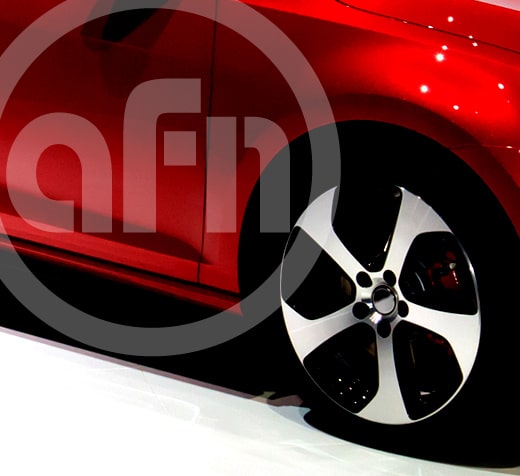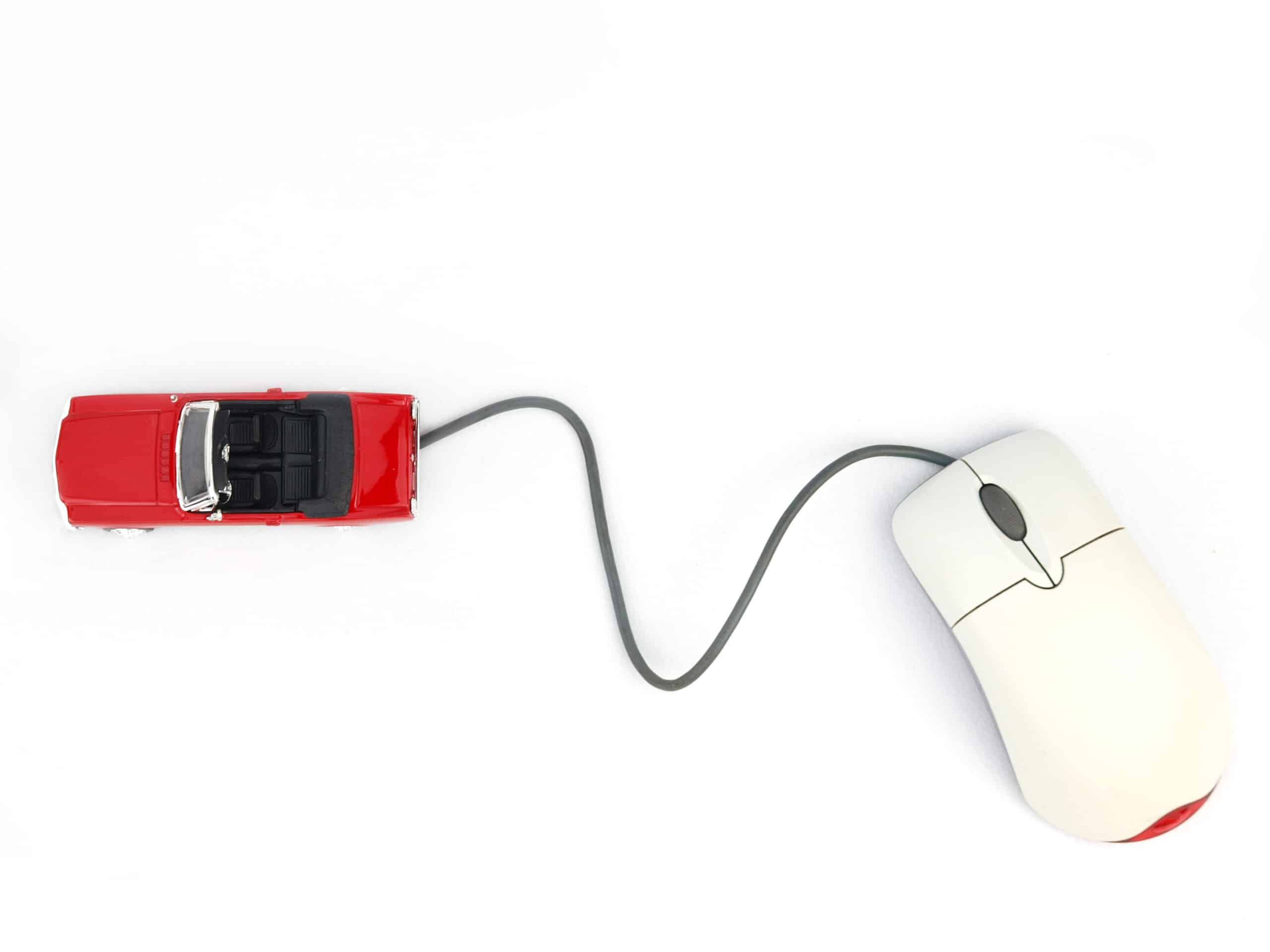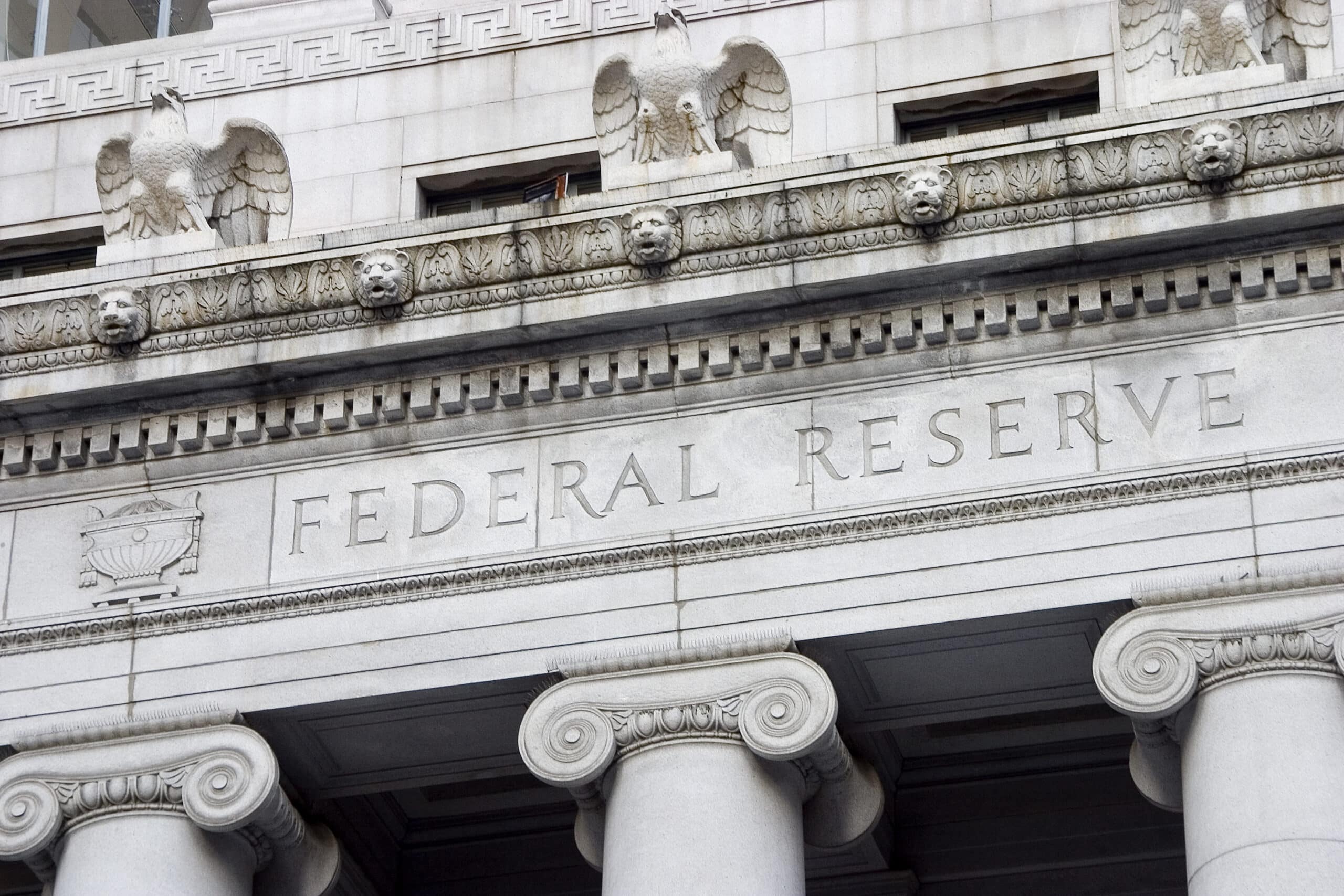Experts Analyze Impact of Manufacturing Scalebacks
The automotive industry is caught in a chicken-and-egg cycle: The economy is contracting, which is driving down consumer confidence and, subsequently, demand for new vehicles. The lower demand sinks, the more severe the economic contraction.
Specifically, shrinking vehicle sales volume is forcing U.S. automakers to dramatically scale back production. And the manufacturing pullback is filtering down to parts suppliers who have been facing profit pressures all year.
Yet despite the near-term difficulties, ultimately, the industry will be “right-sized,” said Ben Pickering, a senior managing director at Mesirow Financial Consulting LLC during an Oct. 29 teleconference sponsored by the American Bankruptcy Institute.
Pickering was one of a trio of experts who have worked with distressed automotive companies selected to offer insights on the depth of the problems and predictions for how things will shake out.
“Manufacturing is not going to go away in the U.S. in the automotive sector,” Pickering said. “Parts supply won’t go away in the U.S., either.”
Still, “we are at the front end of a significant change,” he added. “The volume decline is beginning to hit the imports, as well.”
Fallout from the current crisis is hammering potential car-buying consumers and dealers, too.
“Consumers are getting strapped,” said ABI’s Resident Scholar Jack Williams, a law professor at Georgia State University and a director at financial advisory firm BDO Seidman LLP. “We’re probably looking at an increase in consumer bankruptcy filings, from 800,000 [in 2007] to 1.2 million for calendar year 2008.”
Dealers are feeling the heat as sales skid and inventory financing is strained.
“Pressure on the dealers is coming from a lot of different places,” said Deborah L. Thorne, a partner at Chicago law firm Barnes & Thornburg LLP. “Clearly, people are buying fewer cars, and it’s more difficult to borrow money for cars.”
Besides, dealers face a “huge amount of pressure in terms of floorplans,” she added. “They’re really getting caught in the crunch. Dealers that have existed for 50 years are not being able to make it.”
The recent leasing exit by some financiers is exacerbating the problem. “Before the leasing industry got prevalent, you put down 20% and financed the rest,” said Ronald J. Silverman, a partner at New York-based law firm Bingham McCutchen LLP. “Five or six years later, when the loan was paid down, you still had equity in your car, then you would get your next car. With leasing, you don’t have that equity. If rates aren’t low and leasing isn’t available, you get stuck.”
For now, it remains to be seen what course of action the domestic manufacturers will take. Legacy costs like pension liabilities are a tremendous burden for them — one that non-U.S. companies don’t have, Silverman said. “Maybe with the OEMs, they’ll use Chapter 11 [bankruptcy protection] to try to reduce those costs.”
—Marcie Belles

















Subaru had an incredible sales campaign in 2009. Their year to year sales numbers were the best in their history with a 15% increase for U.S. in 2009.